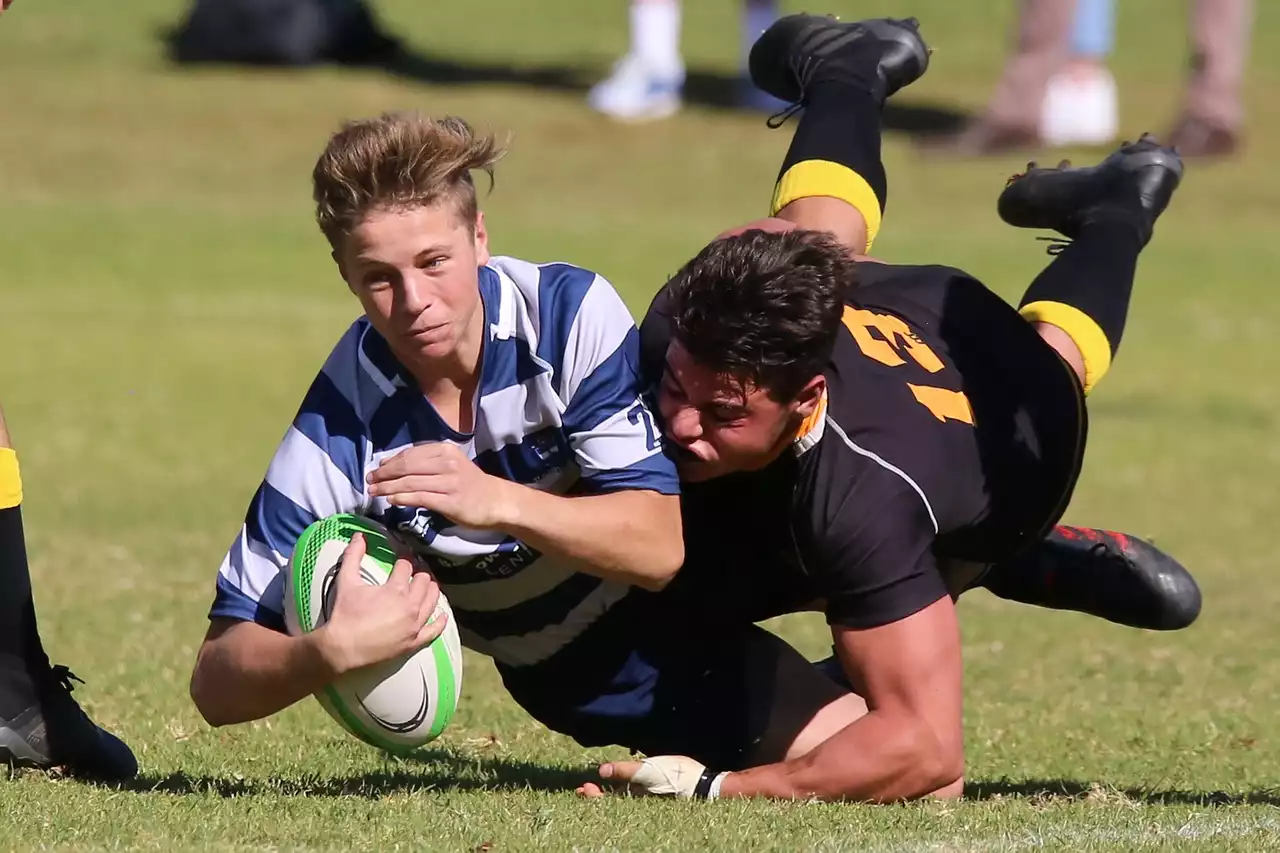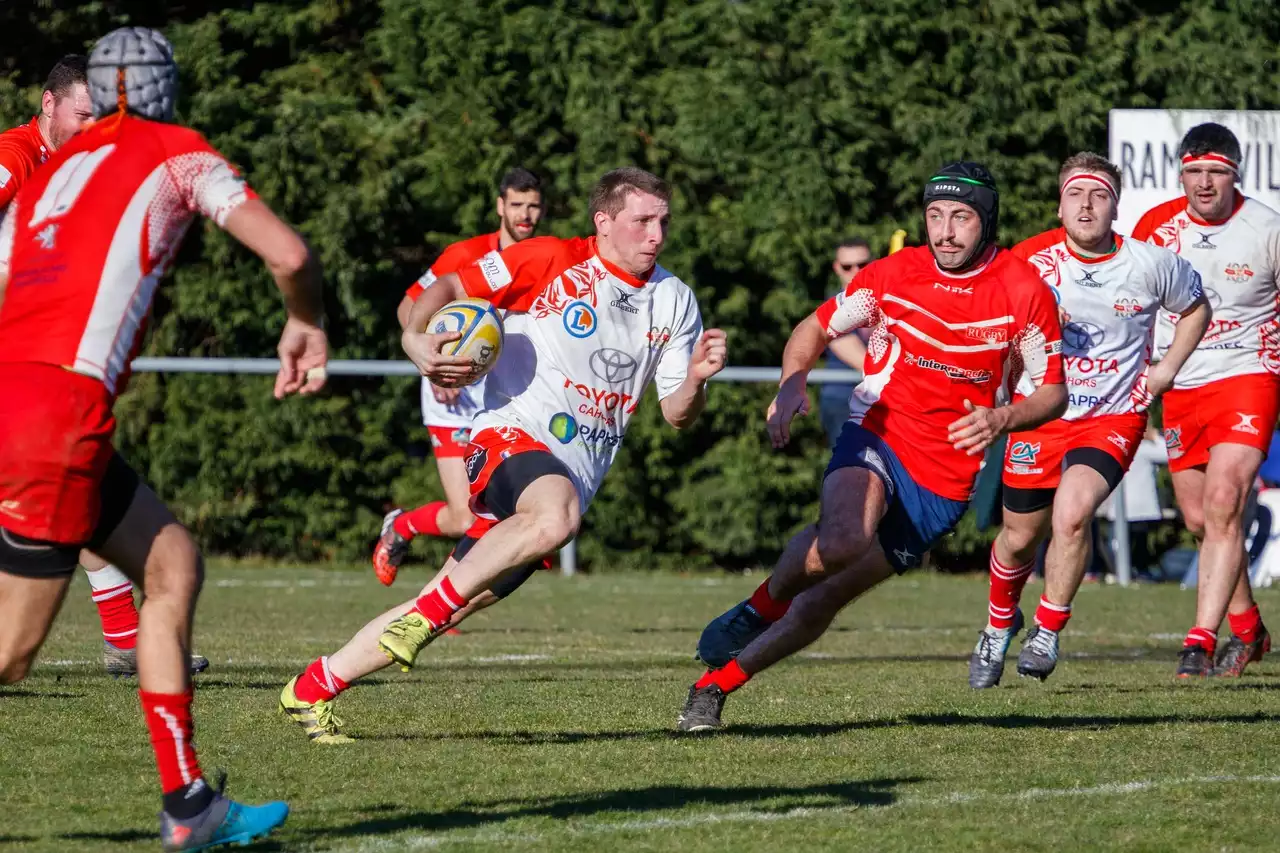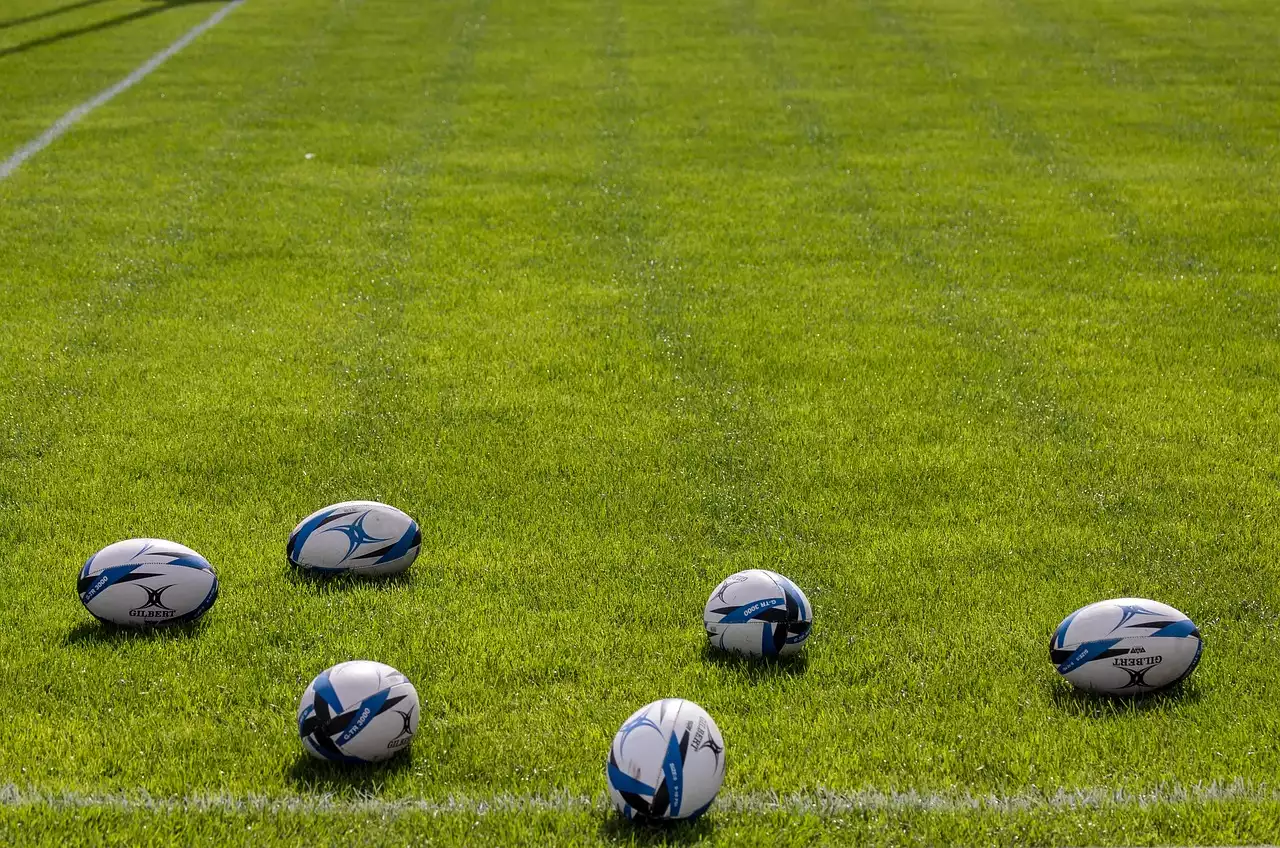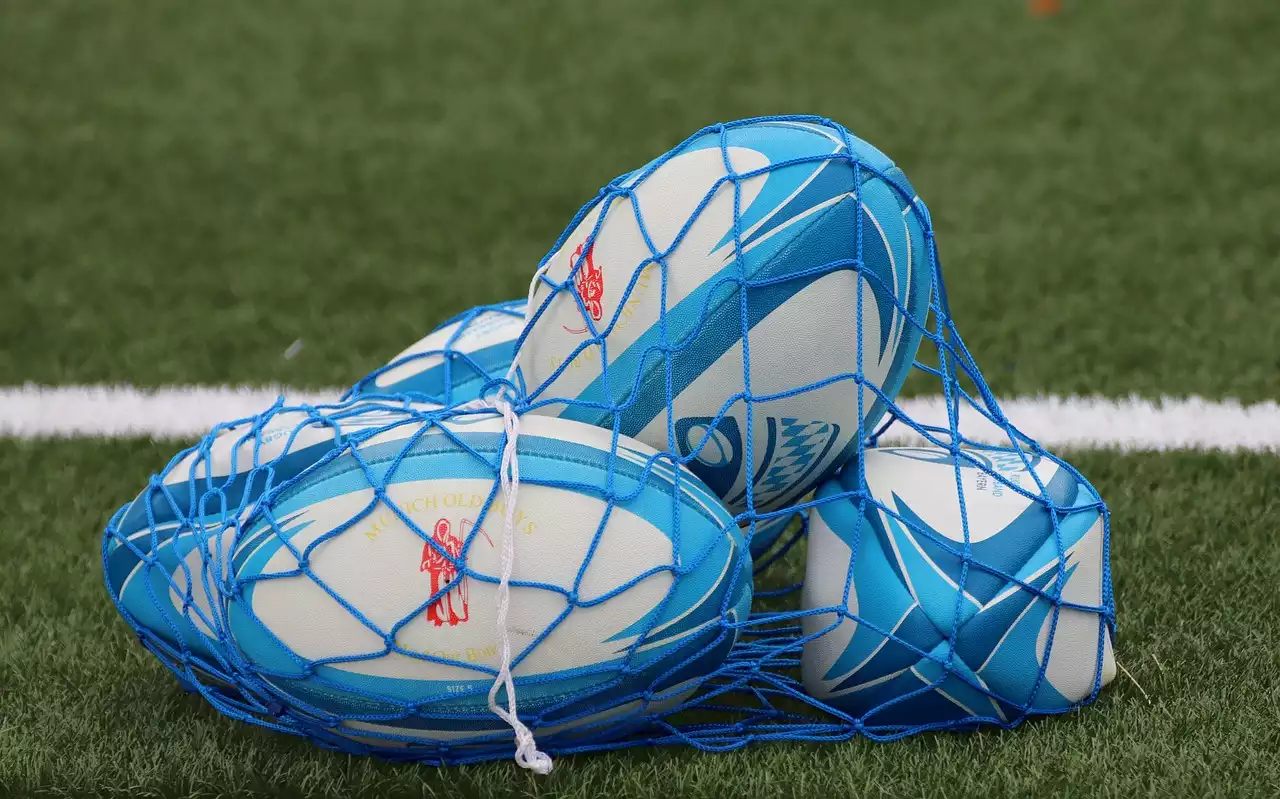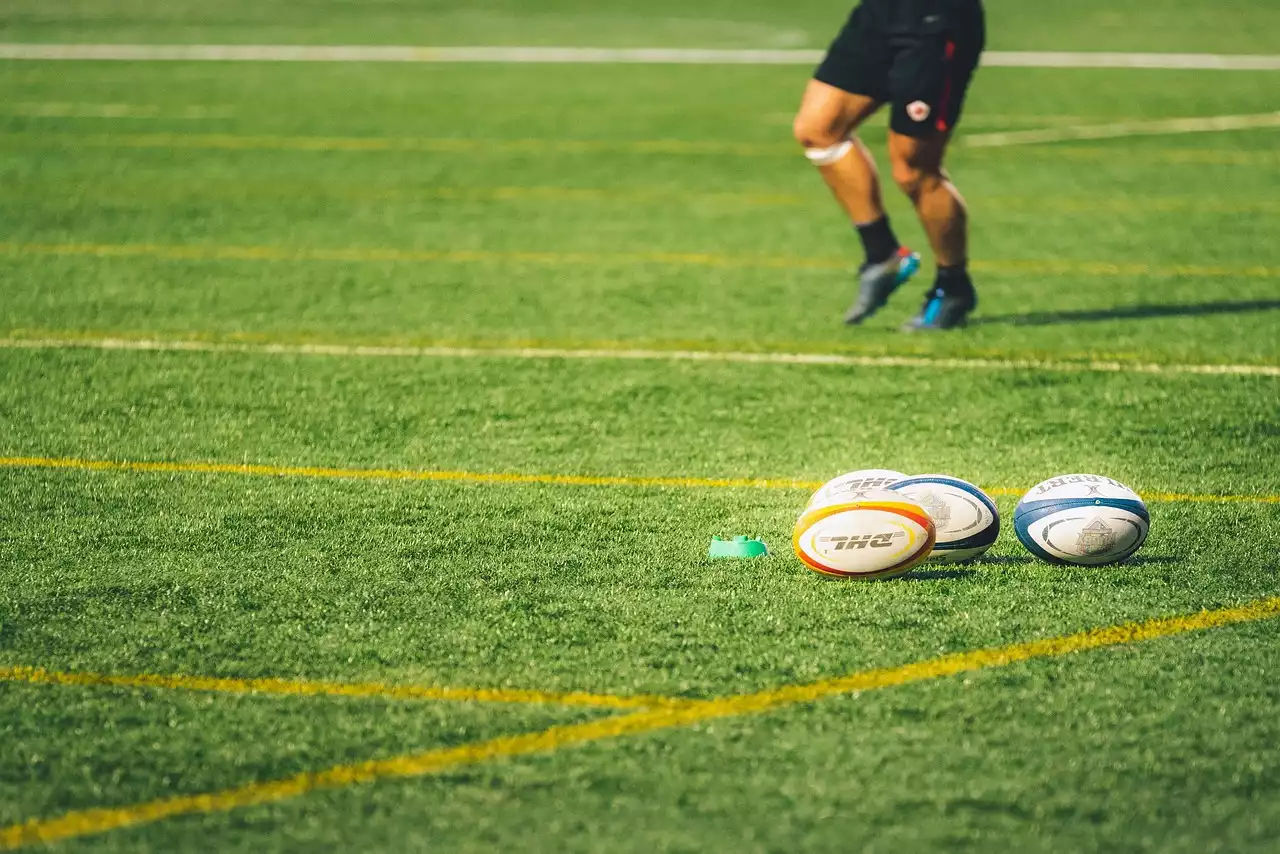What is tackling in rugby?
Tackling in rugby is the process of stopping the ball carrier by taking them to the ground. The primary objective of tackling is to prevent the ball carrier from making forward progress and to gain possession of the ball. To do this, the tackler must use their strength and agility to drive the ball carrier to the ground.
Tackling is one of the most important skills in rugby and is essential for any successful team. It requires a great deal of physical strength and agility, as well as technique. It requires the player to be able to read the game and anticipate plays, as well as to be able to use their body effectively to stop the ball carrier.
Benefits of mastering tackling in rugby
Mastering the art of tackling in rugby has numerous benefits, both for the team and the individual player. The most obvious benefit is that it gives the team the upper hand in gaining possession of the ball and stopping their opponents from scoring. It also improves the team’s chances of winning the game, as they can control the flow of play and deny their opponents the opportunity to score.
For the individual player, mastering tackling in rugby can help to improve their overall performance on the field. By learning the correct technique and improving their physical strength and agility, they can become more effective in stopping their opponents and controlling the game. This can lead to increased confidence, which can have a positive impact on their overall performance.
Essential tackling techniques
Several essential tackling techniques must be mastered to become a successful tackler in rugby. The first is the shoulder tackle. This is the most common form of tackling and involves the tackler using their shoulder to drive the ball carrier to the ground. The shoulder must be used as a lever to drive the ball carrier backward, and the tackler must remain low and use their body weight to add to the power of the tackle.
The second essential tackling technique is the wrap tackle. This involves the tackler wrapping their arms around the ball carrier to bring them to the ground. This requires a great deal of agility and technique, as the tackler must be able to position themselves correctly and wrap their arms around the ball carrier to bring them down.
The third essential tackling technique is leg tackle. This tackle is used when the ball carrier is running at speed and involves the tackler using their legs to bring the ball carrier to the ground. This requires great timing and accuracy, as the tackler must anticipate the ball carrier’s movements and time their tackle correctly.
Pre-tackling preparation
To become an effective tackler in rugby, it is important to ensure that you are well-prepared for the task. It is essential to warm up properly before tackling, as this will help to reduce the risk of injury. Stretching and dynamic warm-up exercises can help to improve your flexibility and reduce the risk of straining your muscles.
It is also important to ensure that you are wearing the correct protective equipment when tackling. This includes wearing a mouthguard, shin guards, and elbow pads. Wearing the correct protective equipment will help to reduce the risk of injury and ensure that you are well-protected when tackling.
Effective body positioning for tackling
The key to successfully tackling is effective body positioning. This means that the tackler must be able to position their body correctly to drive the ball carrier to the ground. The tackler must be able to get low and drive the ball carrier backward, using their body weight to their advantage.
To achieve the correct body position for tackling, the tackler must ensure that their feet are shoulder width apart and that their weight is balanced. The tackler must also ensure that their head is up so that they can see where the ball carrier is going, and that their arms are outstretched, ready to wrap around the ball carrier.
Strength and agility exercises for tackling
To become an effective tackler in rugby, it is essential to have the strength and agility to successfully drive the ball carrier to the ground. This can be achieved through a combination of strength and agility exercises.
Strength exercises such as squats, deadlifts, and press-ups can help to improve the tackler’s physical strength, as well as build muscle. Agility exercises such as sprints, jumping jacks, and burpees can help to improve the tackler’s agility and reaction time, which are essential for effective tackling.
Tips for tackling different situations
In addition to mastering the essential tackling techniques, it is important to be able to adapt your tackling approach to different situations. When tackling a player who is running at speed, it is important to ensure that you use your legs to bring them to the ground. When tackling a player who is running at a slower pace, it is essential to use your arms to wrap around the ball carrier and bring them to the ground.
It is also important to be aware of your surroundings when tackling. It is essential to ensure that you are aware of any other players in the vicinity, as this will ensure that you do not accidentally tackle a teammate or opponent.
Common mistakes when tackling
When tackling, it is important to ensure that you do not make any common mistakes. The most common mistake when tackling is to tackle too high, which can lead to a penalty being awarded. It is important to ensure that the tackler’s head is up and that their arms are wrapped around the ball carrier, as this will ensure that they are tackling at the correct height.
Another common mistake when tackling is to tackle with the wrong shoulder. It is important to ensure that you use the shoulder closest to the ball carrier to drive them to the ground.
Practicing tackling drills
To become an effective tackler in rugby, it is essential to practice tackling drills. These drills can help to improve your technique and agility, as well as build your strength and confidence.
One of the most effective tackling drills is the “bag drill”. This drill involves the tackler tackling a bag filled with sand or water. It can help to improve the tackler’s technique and accuracy, as they can practice driving the bag in different directions.
Another effective tackling drill is the “tackling dummy”. This drill involves the tackler tackling a dummy that is suspended in the air. It can help to improve the tackler’s agility and reaction time, as they are forced to react quickly to the dummy’s movements.
